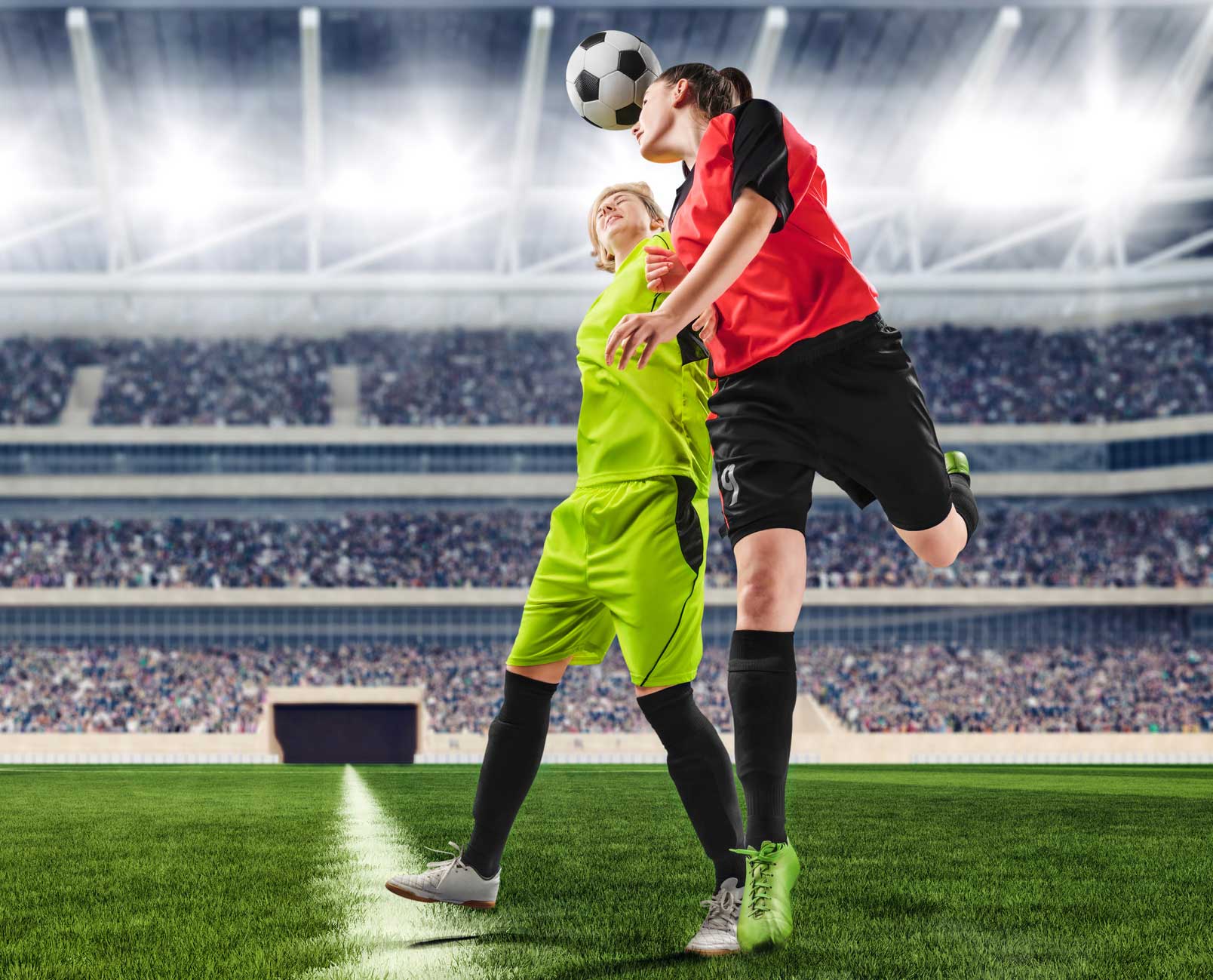As female soccer players across the country lace up their cleats for another fall season, news that heading the ball is more dangerous for them than for males might have them changing their game plan.
A research team at Albert Einstein College of Medicine recently revealed that brain scans showed five times more extensive brain damage in female soccer players than in males. Typically, in the past, physicians have noted more injuries in females but believed it was because they sought medical attention more than males did.
Dr. Subramani Seetharama, chief of physical medicine and rehabilitation at Hartford Hospital and medical director of the Hartford HealthCare Rehabilitation Network, says the findings reinforce his understanding that females suffer more damage from concussions resulting from similar activities as males.
“We have known that girls have a more prolonged recovery in the adolescent period,” he says, adding that his clinic sees more girls with concussions stemming from soccer and lacrosse than any other sport.
The most important thing for athletes, parents, coaches and even referees to do, he continues, is pull an athlete from play if there’s a question of a concussion.
“If they are hurt and continue to play, they will face a longer recovery period,” Dr. Seetharama says. “Data shows that more than 70 percent of people will recover from a concussion in seven to 10 days if they stop playing right away, and about 40 percent will take up to three weeks to recover if they continue to play while injured.”
Concussion is a “brain injury” that can occur in sports when the player’s head takes a direct or indirect hit, either by heading the ball or colliding with another player. There are three tests commonly performed at the Hartford Hospital Concussion Clinic to determine a formal plan of treatment for concussion, according to Dr. Seetharama.
They are:
- ImPACT and CoG state exam to gauge the player’s neurocognitive skills.
- National Institutes of Health PROMIS psychological test.
- Physical exam, which includes vestibular and ocular checks.
Once a player is examined, a multidisciplinary team of experts can help them with various symptoms.
“Symptoms are fluid and changing, so every treatment plan is different,” he says, noting that common concussion symptoms include headache, blurred vision, dizziness, vertigo, nausea and fogginess.
Treatment at Seetharama’s clinic could include help from:
- Headache specialists.
- Rehabilitation experts for vestibular dysfunction.
- Behavioral optometrists for vision problems.
- Neuropsychologists to evaluate brain function.
- Neuroradiologists for any needed MRIs.
- Cognitive behavior specialists.
- Athletic trainers to help athletes return to play.
Players who lose consciousness, have a seizure or are confused and disoriented should be brought to an emergency department right away. For less urgent help, visit the Hartford HealthCare Rehabilitation Network by clicking here.


